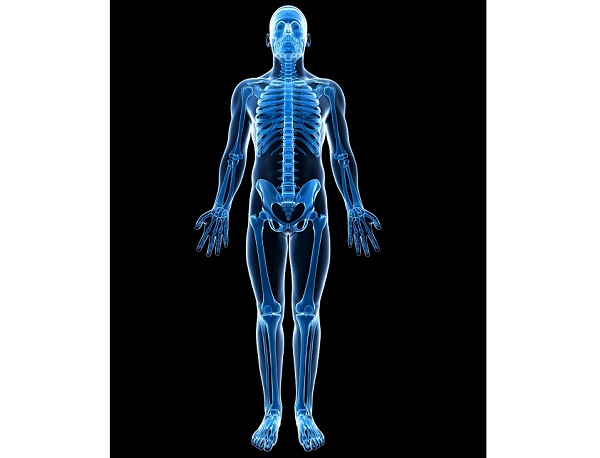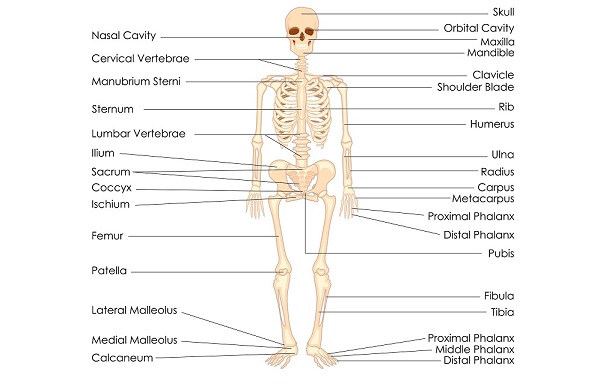
- Biology Notes for UPSC IAS Prelims (Part II)
- Biology - Home
- Biology - Classification of Organisms
- Biology - Cell Division
- Biology - Virus
- Biology - Bacteria
- Biology - Fungi
- Biology - The Roots
- Biology - The Plant Stem
- Biology - The Plant Leaf
- Biology - The Flowers
- Biology - The Fruit
- Biology - Plant Diseases
- Biology - The Blood
- Biology - Blood Group
- Biology - Human Brain
- Biology - Skeleton System
- Biology - Endocrine System
- Biology - Endocrine Diseases
- Biology - Carbohydrate
- Biology - Proteins
- Biology - Fats
- Biology - Vitamins
- Biology - Minerals
- Biology - Genetic Terminology
- Organisms & their Chromosome Counts
- Biology - Viral Diseases
- Biology - Bacterial Diseases
- Branches of Biology
- Inventions & Discoveries in Biology
- Nobel Prize in Biology
Biology - Skeleton System
Introduction
The human Skeleton system is an internal structure that provides support and strength to human body.
At the birth, there are about 300 bones, but over period time, specifically at maturity, the number of bones is 206.

Classification of Bones
Human Skeleton system broadly classified into −
Axial skeleton and
Appendicular skeleton
Let’s discuss them in brief −
Axial Skeleton
With the total 80 bones, the axial skeleton consists of −
Vertebral column
Rib cage
Skull and other associated bones
Appendicular Skeleton
With total 126 bones, the appendicular skeleton consists of −
Pectoral girdles
Upper limbs
Pelvic girdle
Pelvis
Lower limbs
The image given below illustrates the names of the major bones of a human body.

Functions of Bones
Following are the major functions of skeleton system −
It provides support to the body
It protects many parts of the body, e.g. the skull protects brain; the vertebrae protect spinal cord; the rib cage protects lungs; the spine protects heart, and the sternum protects blood vessels
The skeleton system helps in movement
The skeleton system helps in the production of blood cells
The skeleton system stores minerals
The skeleton system helps in endocrine regulation